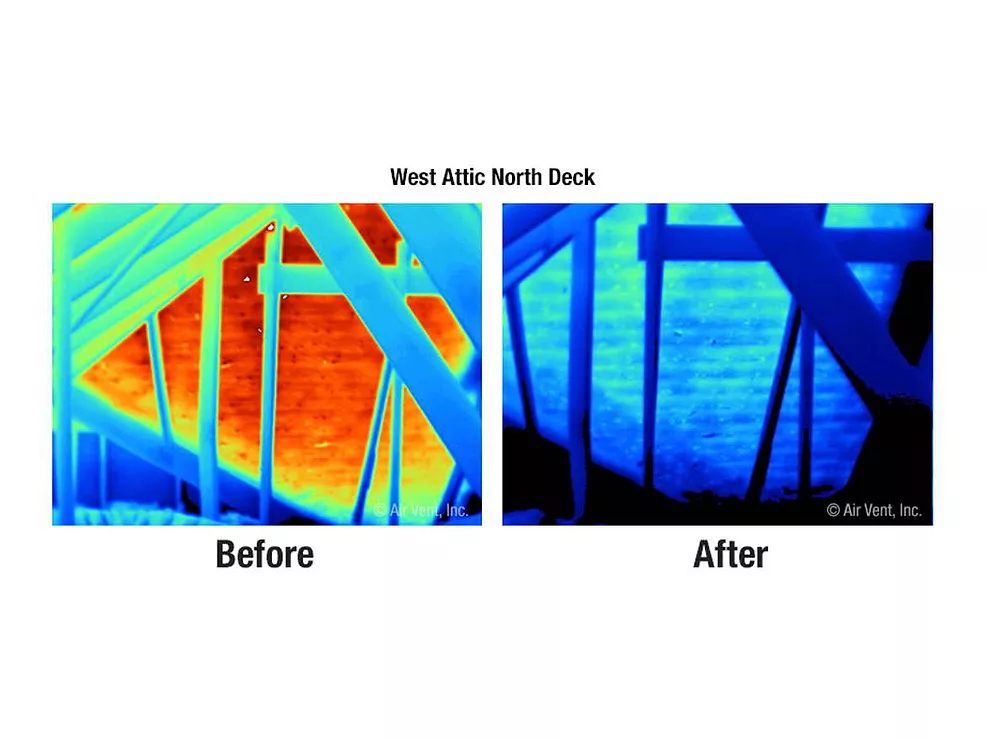The Affordable Care Act in the Construction Industry
With its enactment in March 2010, the Patient Protection and Affordable Care Act (PPACA) became one of the most polarizing pieces of legislation in recent history. Regardless of whether you abhor the legislation or fervently support it, the Affordable Care Act is here to stay for the foreseeable future. Although legally challenged, the United States Supreme Court’s decision on June 28, 2012 in National Federation of Independent Businesses v. Sebelius upheld critical portions of the Act.
The Supreme Court held that Congress does not have the power to enforce the Act under the Constitutional right to regulate interstate commerce, but Congress does have the power to enforce the Act under the Constitutional right to impose taxes. However, the part of the Act requiring states to expand their Medicaid programs to cover low-income single persons or child-less couples was struck down. States may elect to expand their Medicaid programs to include more of their citizens, in return for more federal funding.
Although most have a general understanding of the Affordable Care Act, many contractors and construction professionals do not understand the effect it will have on their businesses. The purpose of this article is not to address the legitimacy of the Act or espouse political opinion but rather to focus on the implications the Act will have on the construction industry in the near future.
Many provisions of the Affordable Care Act have already gone into effect with other provisions being phased in over the next three years. As state administrative agencies begin to implement the policies, construction companies will have to re-examine their current health care plans to determine whether or not they will be penalized under the Act.
The biggest problem that contractors may face is the risk of higher costs associated with providing group coverage. Contractors that currently provide health care coverage through a group policy may encounter increased costs associated with the policy due to provisions of the Act. Although the articulated assurance suggests that the Act forces insurers to lower the premiums through marketplace competition, it is more likely that employers will reduce coverage or develop other strategies when faced with increased costs.
Beginning in 2018, construction companies that provide what are commonly referred to as Cadillac Plans for employees may face an excise tax on the excess amount of coverage provided, if the coverage exceeds $10,200 for individuals and $27,500 for families. These companies will not be able to discriminate and provide certain employees with top-tier Cadillac coverage while others receive a lesser form of insurance. The same coverage must be provided to all employees regardless of cost. Between now and then, employers can modify their plans so that this excise tax will not apply.
Another problem faced by larger construction companies starting in 2014 is the assessment of penalties if adequate health care coverage is not provided. A large employer is defined as an equivalent of 50 full-time employees, of which 30 must be full-time with the remaining workers consisting of part-time employees. Large employers that do not offer health benefits coverage at all may be required to pay an assessment of $2,000 per year for each full-time employee, excluding the first 30 full-time employees. Larger employers that do offer health benefits coverage that is unaffordable or lacks minimum value may be assessed a payment of $3,000 per year for each full-time employee receiving federal financial assistance. However, this payment cannot exceed the assessment the business would pay if it did not offer health care coverage.
Smaller construction companies may be eligible for tax credits if they offer medical coverage to employees. Unfortunately, eligibility for the tax credit is incredibly limited, with the Act providing that it applies only to small businesses, which is the equivalent of 25 or less full-time employees. Additionally, the small business will need to cover at least 50 percent of their single (not family) employees, and those specific single employees covered will need average annual wages of less than $50,000.
The Act also establishes a variety of additional programs or access to previously formed programs. For example, construction companies that provide health insurance coverage for retirees between the ages of 55 and 64 may be eligible for reimbursement of 80 percent of the medical coverage costs through the Early Retiree Reinsurance Program. In addition, construction companies with less than 100 employees can shop for insurance in the Affordable Insurance Exchange, which is a new marketplace that each State maintains individually for low-cost insurance providers to offer services. The Small Business Health Options Program, or SHOP, is designed to allow smaller business access to the high levels of coverage that larger corporations are able to obtain for their employees for similar costs.
Theoretically, the Act does make it easier to obtain affordable coverage for spouses and children by allowing children to stay on family plans until they are 26, and providing coverage to adults and children with pre-existing conditions. In addition, insurers will be required to cover certain screenings and preventive care as part of their coverage. On January 1, 2014, the Act also provides that insurers may no longer cap the amount of benefits by dollar limit and are required to provide benefits regardless of spending.
The Affordable Care Act is incredibly complex and has not been fully analyzed or explored through legal decisions. It is entirely possible that additional portions of the Act or the methods in which it is implemented may still be found unconstitutional. Construction companies would be wise to consult with their insurance agents to determine the best course of action. For more information on the Act, please go to www.healthcare.gov.
Author’s note: The information contained in this article is for general educational information only. This information does not constitute legal advice, is not intended to constitute legal advice, nor should it be relied upon as legal advice for your specific factual pattern or situation.
Looking for a reprint of this article?
From high-res PDFs to custom plaques, order your copy today!








